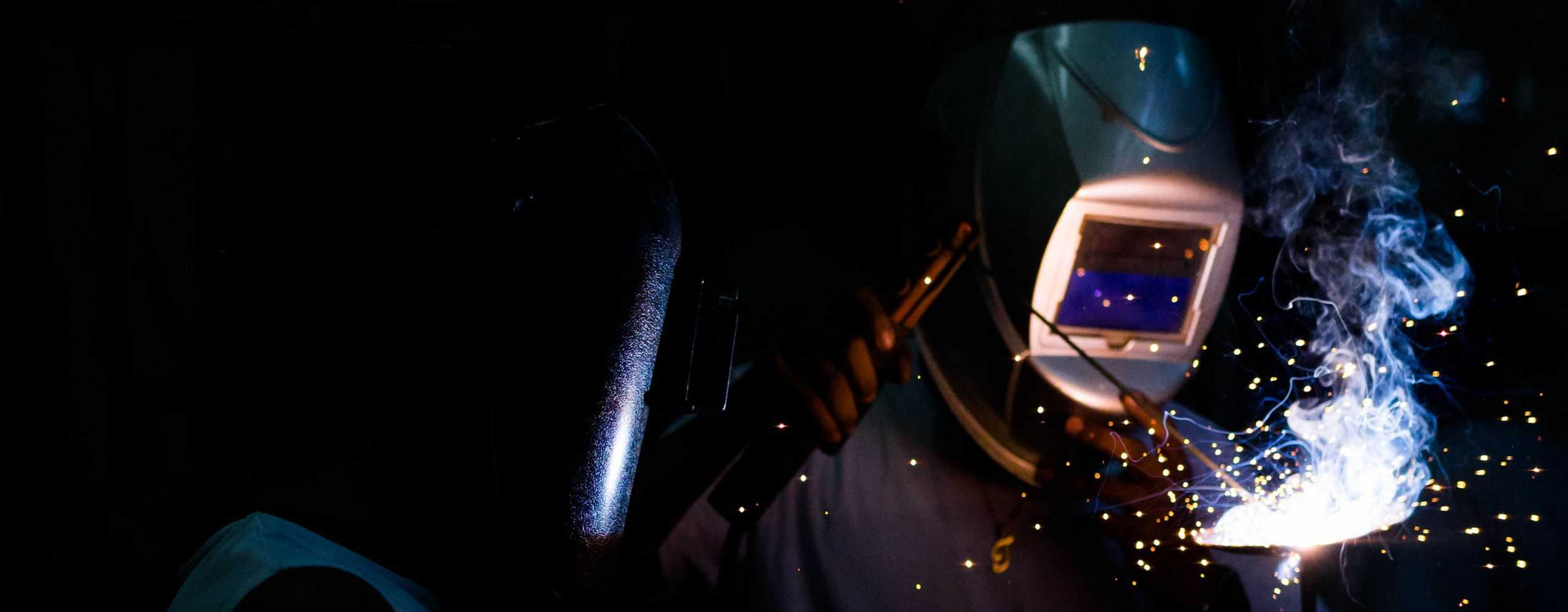Seminar Details
The current study explores the possibility of graphene as a protective layer on the structural components as zinc and mild steel through an optimized electrophoretic deposition process. Graphene has been synthesized from H2SO4, HNO3, and HClO4 solutions by an electrochemical exfoliation route. This method is known for providing a scalable and economical approach for the synthesis of graphene. The exfoliated graphene nano-sheets were characterized by X-ray diffraction, Fourier-transform infrared spectroscopy, UV-visible, Transmission electron microscope (TEM), Thermogravimetric analysis (TGA), and field emission scanning electron microscope to evaluate its properties. The three different synthesized forms of graphene nano-sheets were electrophoretically deposited onto Zn and mild steel substrates at two different potentials. Scratch testing was employed to check the adhesion quality of the coatings. The corrosion behaviour of bare and graphene-coated substrates was studied in borate buffer and 3.5 wt% NaCl solutions through potentio-dynamic polarization and electrochemical impedance spectroscopy. It was observed that graphene synthesized from H2SO4 exhibited superior anti-corrosion properties in comparison to others.



